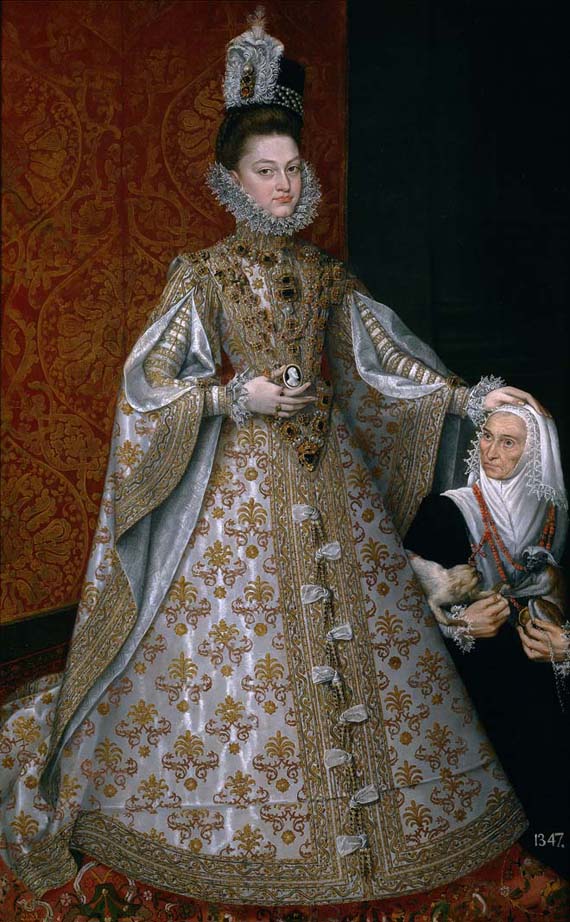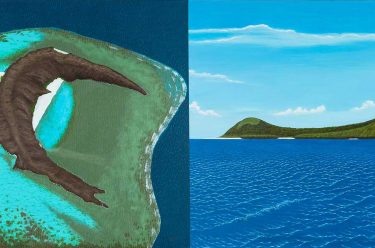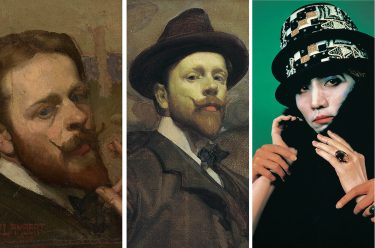
Kings, gods, saints and sinners, dogs and very small people will feature among the cast of characters to be seen in a Portrait of Spain: Masterpieces from the Prado.
The exhibition, an Australian first and exclusive to Brisbane, presents a portrait of Spain that starts with the perspectives of royal monarchs, their children, courtiers and jesters. The dark years of war are seen through the terrifying lens of Francisco Goya while exquisitely laid tables of fruit, flowers and lace will have you believing you can almost smell the quinces, pears and freshly baked bread.
This not-to-be-missed exhibition will take you on a journey into the heart of Spain and an empire that was unrivalled for 200 years. Masterworks by Velazquez, Goya, Melendez, El Greco and Ribera will be seen with the works of Flemish and Italian artists such as Rubens, Titian and Giordano, whose paintings the Spanish monarchs collected to form one of the great collections of European painting now in the Museo Nacional del Prado (the Prado), Madrid. This is a rare and unique opportunity to see the story of Spain through over 100 of its outstanding works.
This spectacular frock belongs to Princess Isabella Clara Eugenia, eldest daughter of Philip II of Spain. Philip II was monarch and ruler of one the most extensive empires on the planet in the sixteenth-century and this full-length portrait of his daughter by Alonso Sánchez Coello was commissioned to immortalise one of the most important women in the Habsburg dynasty.
Isabella Clara Eugenia was born in 1566 to Philip and his third wife, Elizabeth of Valois. She was one of two surviving daughters from the five children of Philip and Elizabeth, who died following a miscarriage in 1568. Isabella Clara Eugenia grew up with her younger sister, Catherine Michelle and her stepmother, Anna of Austria. In 1599 she married Archduke of Austria, Albert VII with whom she administered the Spanish Netherlands from 1601-21 during a period of prosperity and stability following the upheaval of the wars of Reformation. Their court at Brussels became a centre for artistic excellence in Europe and patronised the Flemish painters, Peter Paul Rubens and Pieter Breughel the Younger.
In this portrait the magnificent and richly adorned dress of silk and gilt embroidery with lace and a feather head-dress actually draws our attention to the cameo portrait of her father, Philip II that she holds at the very centre of the painting — it is all about the king after all. Isabella is accompanied by a family servant, Magdalena Ruiz, who kneels beside the ‘infanta’ — the Spanish term used to designate a child of the King who is not heir to the throne. The representation of Magdalena alongside the infanta, is part of a long tradition of portraits in which servants, pages, jesters and dwarfs appear with members of the royal family. The most complex and important painting within this tradition is Velázquez’s great masterpiece in the Museo Nacional del Prado collection, Las meninas c.1656.
Magdelena also holds two small monkeys in her hands which came from Portuguese territories in the Amazon, which then belonged to Philip following the union of Spain and Portugal in 1580. In 1581, Magdalena travelled with Philip and his daughter to Portugal, where he went to claim the Portuguese throne. It has been suggested that she received both the exotic animals and the necklace that she is wearing on that occasion as gifts for loyal service. An additional reference to Portugal may be observed in the white and gold of the infanta’s beautiful dress, a characteristically Portuguese style in ceremonial costume.
So, we see that royal portraits were not just any old portrait. They were coded with symbolism and relations of power and territorial conquest at a time when an absolutist belief in the rule and perpetuation of the monarchy was paramount.
Portrait of Spain: Masterpieces from the Prado is at the Queensland Art Gallery (QAG) from 21 July to 4 November. This extraordinary and never-before-seen-in Australia exhibition will fascinate, surprise and reward those who make the effort to see it. The exhibition will be supported by a richly illustrated 304 page catalogue of the same name and a kids hardcover book introducing the Prado’s collection through ten selected art works, information about the artists, fun facts about Spanish history and culture, as well as instructions for at-home activities such as Spanish recipes.



